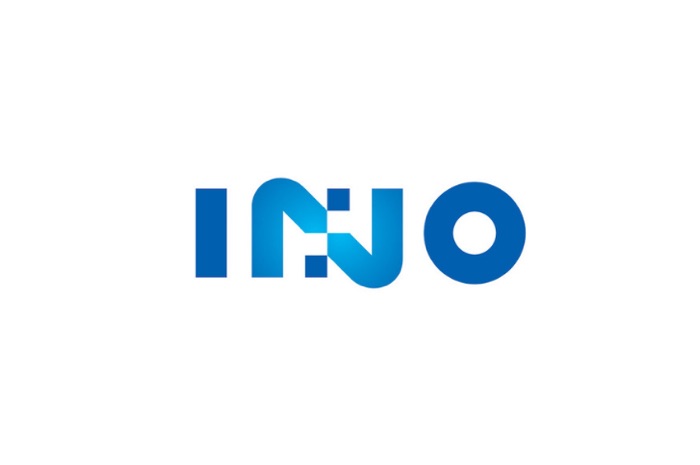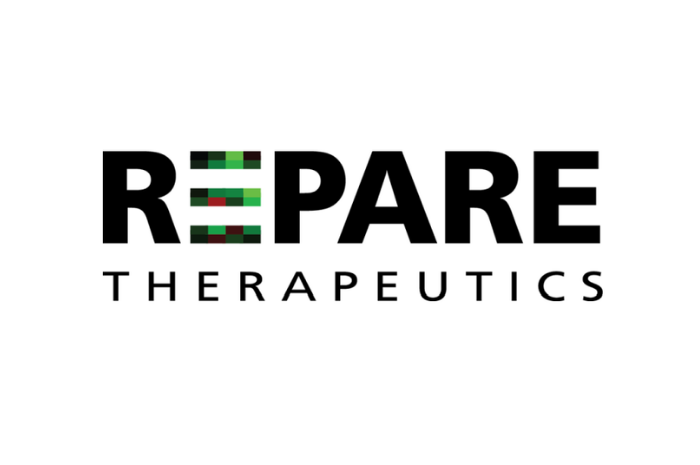Thanks to advances in the field of genetics, a new type of treatment is being developed: individualized, single-patient therapy.
Some DNA mutations can lead to genetic diseases. The advancement of knowledge in this field has given rise to gene therapy: by targeting the faulty DNA sequence of patients with a genetic disease, this treatment aims to repair it and possibly even reverse the disease.
Research is generally focused on diseases caused by mutations found in several patients. However, there are ultra-rare mutations that cause severe genetic diseases. In these cases, might it be possible to develop a customized gene therapy that targets the single mutation that causes the disease? That is the challenge that the Charles River Laboratories’ team in Montréal is taking on by developing hyper-personalized treatments for very rare diseases.
A Treatment Adapted to a Single Child
Genetic diseases can now be treated with gene therapy such as antisense oligonucleotides, which can produce a normal protein of the defective gene. An example of this technology is Spinraza, developed by Ionis Pharmaceuticals, which is used to treat spinal muscular atrophy. (Learn more)
Unique, individual-specific mutations can cause very severe degenerative genetic diseases. One strategy is to reverse the phenotype by developing an antisense oligonucleotide to target the mutation. Dr Timothy Yu, a neurologist and geneticist at Boston Children’s Hospital, explored this concept with the Charles River teams.
After obtaining promising preliminary results showing the potential of such an approach, the next step was to develop a drug in accordance with the applicable regulatory procedures. Dr. Yu called on Charles River for help with outlining the best strategy for obtaining approval from the Food and Drug Agency (FDA).
Charles River’s Involvement
Charles River is a contract research organization (CRO) which supports companies focused on drug discovery. When developing a drug for a single patient, the company’s role is to establish the pre-clinical study protocols that ensure the safety of the treatment being designed for patients.
Pre-clinical studies have shown that this type of treatment is safe. Since none of the stakeholders had ever developed a personalized treatment before, there were no guidelines on how to proceed. The researcher, the Charles River team, and the FDA all worked together to determine a course of action. As a result of this work, the FDA has published guidelines to manage the development of oligonucleotides for small patient populations and to support other researchers working on similar studies.
Creating a personalized treatment for a specific patient has proven to be very motivating and rewarding for the team. “We know that any drug we develop will help people. Whether it’s a molecule for cholesterol or a rare disease, at the end of the day, we’re helping people, and that’s why we do this work. But to have that connection with a young patient, and to know that we can help her directly, has been very touching. Knowing that my terrific team and I can make a difference for a patient who, without our efforts, would have no chance of survival, brings a human element to our work,” explains Julie Douville, Director, Infusion, Parenteral Administration and Neurotoxicology at Charles River, who is involved in the development of personalized treatments.
Developing This Niche to Accelerate Treatments
The experience Charles River has acquired while developing single-patient therapies has reinforced its expertise in individualized treatments. Several studies are currently underway to find a solution for children with rare genetic diseases.
The scientific community members concentrating on genetics are trying to work together and consolidate their efforts to make this type of treatment more accessible. Indeed, major gene therapy stakeholders – Ionis, Biogen, and Charles River, to name but a few – have launched the n-LOREM Foundation, whose purpose is to finance and develop individual treatments (Read more). In the future, it may be possible to quickly find drugs adapted to each rare disease and increase the affected patients’ chances of survival.

